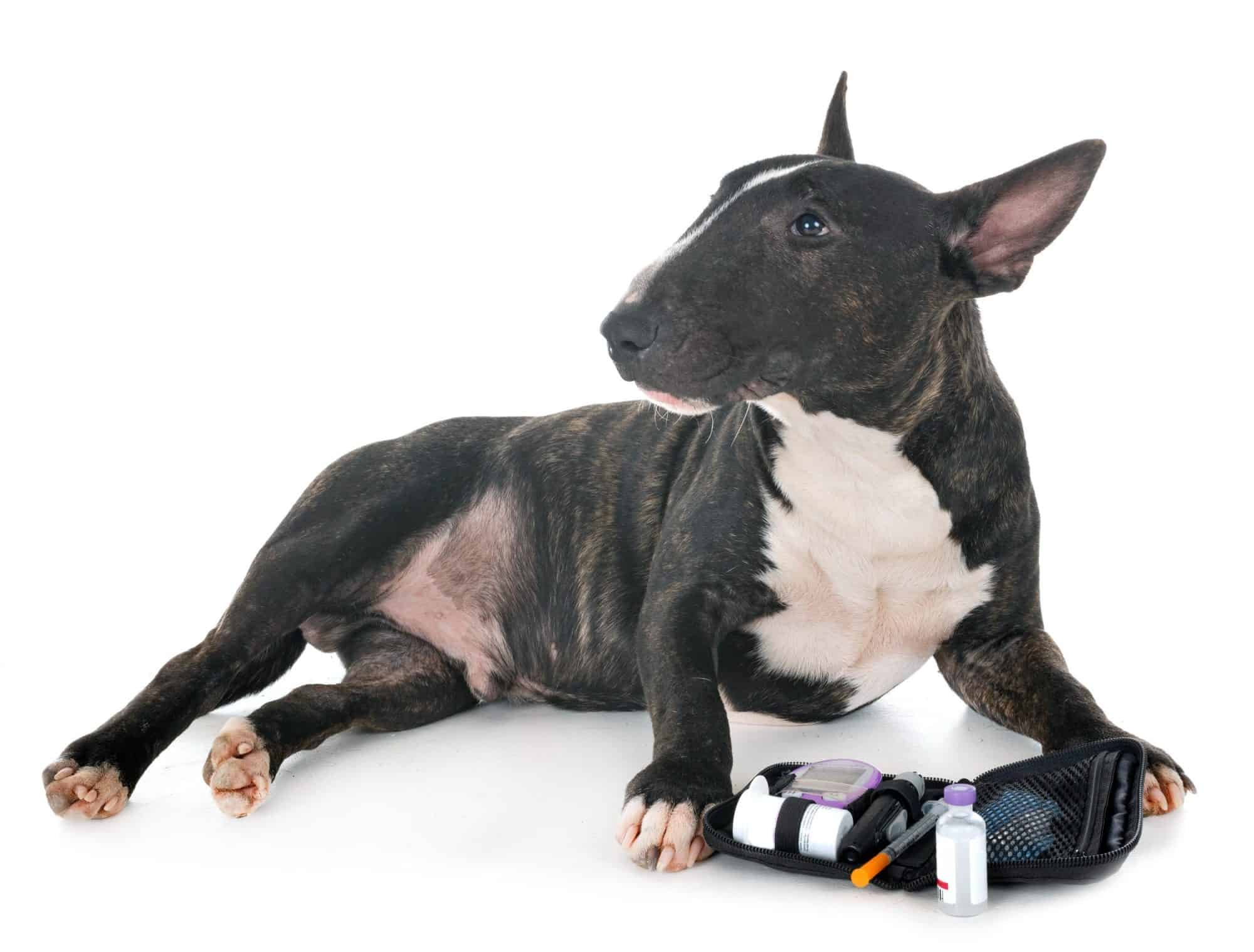An Owner’s Guide to Diabetes in Pets

Diabetes in pets is a real problem for many pet owners. It can be hard to spot if you don’t know what to look for, though. Dupont Veterinary Clinic is here to help you recognize diabetes in pets.
Understanding Diabetes in Pets
The body requires insulin in order to utilize the carbohydrates in food as energy for the cells. Diabetes mellitus is a condition that is caused by the inability of the body to utilize carbohydrates effectively. This is either due to the inability to produce enough insulin, or because the decreased responsiveness of the tissues of the body to insulin.
When carbohydrates (glucose) cannot be absorbed into the cells it accumulates in the bloodstream, resulting in serious consequences.
Pets affected by diabetes often experience symptoms that result from too much glucose in the bloodstream. These can include:
- Weight loss
- Increased appetite
- Markedly increased thirst
- Increased urination
- A dull haircoat
- Decreased energy levels
We can often diagnose diabetes in pets through blood and urine testing. Pets who have diabetes symptoms may be tested for diabetes as well as a handful of other health problems that may present similarly.
There is no cure for pet diabetes. Most diabetic animals, however, respond very well to treatment (usually insulin injections) once diagnosed. Diabetes must be monitored closely.
Decreasing the Risk of Diabetes
Any pet can be affected by diabetes, however there are some things that you can do to decrease the risk.
The most effective way to lower your pet’s chance of developing diabetes is to help him or her maintain a healthy weight. Be sure to:
- Watch calories: We can help you to determine how many calories your pet should be eating each day. This can vary depending on body type and lifestyle. A little bit adds up quickly! Be sure to measure your pet’s portions out daily, and redirect with attention or play if they beg.
- Make changes: Some pets do need to eat a special food to help maintain a healthy weight. Lower carbohydrate diets may be helpful in warding off diabetes. Our staff can help you choose what food may be best for your individual pet
- Get your pet moving: Make an effort to get your pet up and moving daily. Walks, hide and seek games, laser pointers, or lure type toys can encourage activity. Rotate toys frequently.
- Pancreatitis is the pits: The pancreas is key to producing insulin, and keeping it healthy ensures that it does its job. Pancreatitis, or inflammation of the pancreas, can lead to a decrease in the ability to produce insulin. Fatty foods like bacon, gravy, or buttery treats can strain this important organ and trigger pancreatitis in pets.
While diabetes in pets is more common than we would like, routine veterinary care and good habits at home can help prevent it. Rest assured, though, that even if your pet does develop diabetes, recognizing the signs early can help you to help your pet sooner and more effectively.
Let us know if you have concerns about your pet. We are here to help.
